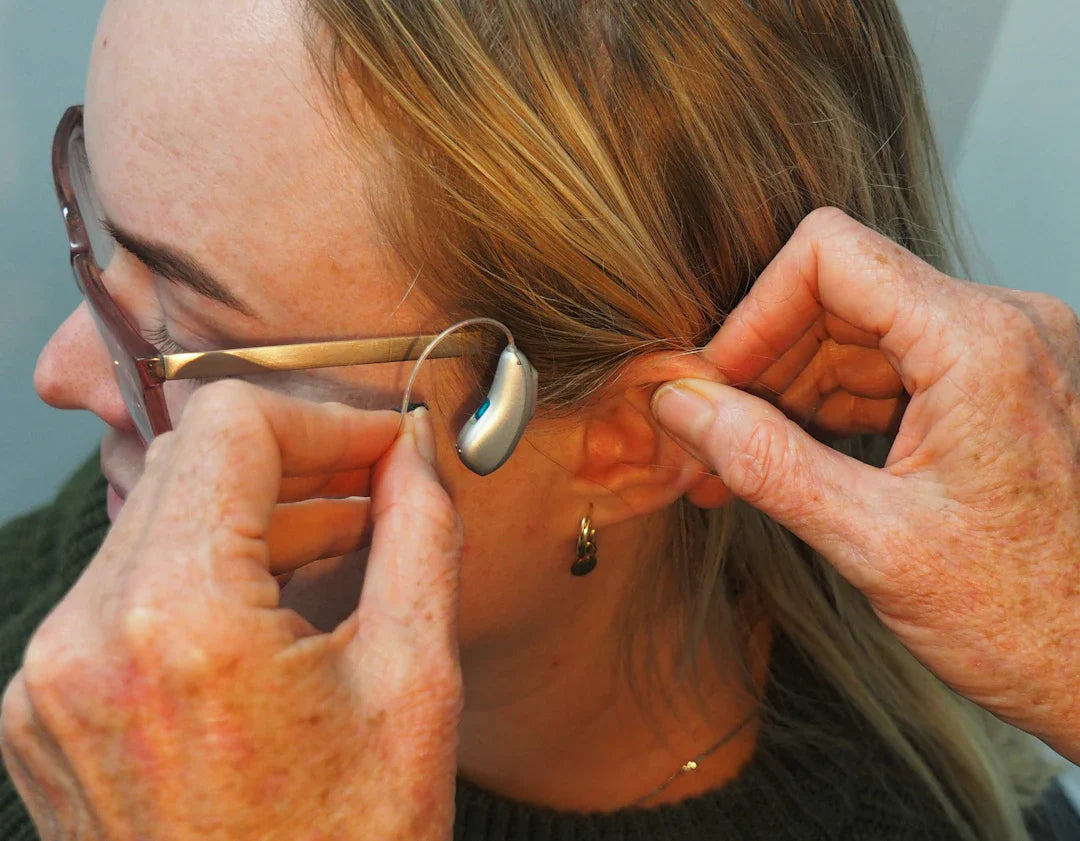In today's fast-paced world, effective communication is more crucial than ever, especially for individuals experiencing hearing loss. Hearing aids have evolved significantly over the past few decades, boasting advanced technology designed to improve the quality of life for those affected by hearing difficulties. With a plethora of options available, it can be overwhelming to understand the features and functions that hearing aids offer. This guide aims to demystify the key attributes of hearing aids, explore their importance in the realm of audiology, and highlight the role of effective hearing care.
The Basics of Hearing Aids
Hearing aids are small electronic devices that amplify sound and are primarily designed for individuals with hearing loss. They work by capturing sound through a microphone, processing it, and then delivering the amplified sound to the ear. Understanding the different components and technologies involved can help users make informed decisions, particularly in selecting the right hearing aid for their needs.
Types of Hearing Aids
There are several types of hearing aids, each with distinct features and functions:
- Behind-the-Ear (BTE): These are worn behind the ear and are suitable for various types of hearing loss. BTE devices are known for their power and battery life, making them a popular choice.
- In-the-Ear (ITE): ITE hearing aids fit within the outer ear and can accommodate various hearing loss levels. Their discreet design makes them an appealing choice for many.
- Receiver-in-Canal (RIC): RIC hearing aids have a small casing that sits behind the ear, connected to a receiver placed in the ear canal. This configuration offers a comfortable and natural sound experience.
- Completely-in-Canal (CIC): CIC devices are custom-made to fit deep within the ear canal. They are nearly invisible and provide a high degree of comfort for the wearer.
Essential Features of Hearing Aids
Modern hearing aids come equipped with an array of features that enhance their functionality. Here are some of the most important features you should consider when shopping for hearing aids:
Wireless Hearing Aids
One of the most significant advancements in hearing aids is the advent of wireless hearing aids. These devices connect seamlessly to smartphones, televisions, and other compatible devices, allowing wearers to stream audio directly into their hearing aids. This not only improves sound quality but also enhances the overall listening experience.
Noise Reduction
Noise reduction technology is designed to filter out background noise, making it easier for users to focus on conversations. This feature is especially beneficial in crowded environments or situations with multiple sound sources. By enhancing speech clarity, wearers can engage more effectively in social interactions.
Directional Microphones
Directional microphones allow the hearing aid to focus on sounds coming from a specific direction, while reducing noise from the sides and behind. This is particularly useful in settings where conversations occur in noisy environments, helping users to concentrate on the speaker in front of them.
Volume Control
Built-in volume controls provide the user with the ability to adjust sound levels according to their personal preference and specific listening environments. Some modern hearing aids even feature automatic volume adjustment, intelligently calibrating sound levels without user intervention.
Rechargeability
The trend towards rechargeable hearing aids is becoming popular among users. These devices come with built-in rechargeable batteries, eliminating the need for regular battery replacements and ensuring hassle-free usage. A single charge can often last for an entire day, making them convenient for everyday wear.
Advanced Functions for Enhanced Listening Experience
Beyond the essential features, many hearing aids come packed with advanced functions to improve overall auditory experiences. Here are some noteworthy functions:
Telecoil (T-Coil)
A telecoil is a small coil within the hearing aid that enhances sound quality in specific settings, such as theatres, churches, or conference rooms. When activated, it picks up electromagnetic signals from induction loop systems, allowing for clear audio transmission without interference from background noise.
Bluetooth Connectivity
Bluetooth connectivity allows users to connect their hearing aids to various devices such as smartphones and televisions. This feature enables direct streaming of audio, making it easier to control volume and settings right from a mobile device.
Sound Processing Technologies
Many hearing aids utilise advanced sound processing technologies to enhance auditory experiences. These can include feedback suppression to eliminate whistling noises, frequency modulation to adapt to different sound environments, and even artificial intelligence (AI) that learns user preferences over time.
Earwax Removal Systems
Interestingly, some modern hearing aids incorporate systems for earwax removal, helping to maintain cleanliness and efficiency. Regularly cleaning hearing aids is crucial, as accumulated earwax can affect performance and sound quality.
Understanding Audiology and Hearing Care
To navigate the complexities of hearing aids effectively, it is essential to understand the field of audiology. Audiologists are specialists trained to diagnose and treat hearing loss and related disorders. They can evaluate your hearing abilities, provide customised recommendations, and guide you in selecting the right hearing aids.
Comprehensive hearing care goes beyond simply acquiring a device. Educational resources, regular check-ups, and appropriate after-sales support are crucial for ensuring long-term satisfaction. Whether it’s learning how to adjust settings or understanding the importance of regular maintenance, engaging with professionals in the audiology field helps optimise your hearing aid experience.
The Role of Hearing Aids in Managing Hearing Loss
Hearing aids play a vital role in managing hearing loss effectively. By amplifying sounds and filtering out background noise, they help users reconnect with a world filled with sounds—from birds chirping outside to conversations in a bustling café. Understanding how these devices work can empower individuals to regain their confidence and quality of life.
Additionally, studies have shown that wearing hearing aids can significantly reduce the impacts of hearing loss, including social isolation, depression, and cognitive decline. Users who invest in their hearing aids often report better emotional well-being and improved relationships with family and friends.
Your Path to Better Hearing
With the plethora of options and advanced technologies available today, selecting the right hearing aids may seem daunting. However, understanding the features, functions, and the essential role of audiology can help guide your decision. The first step is to schedule a comprehensive hearing assessment with an audiologist to determine your specific hearing needs.
Once you understand your hearing profile, you can explore the various types of hearing aids and their unique functionalities. Remember, a sound investment in hearing care is an investment in your health and happiness. Whether it’s embracing wireless hearing aids that connect effortlessly to your everyday devices or seeking devices with excellent noise reduction capabilities, the right hearing aids can open doors you never thought possible.
Empower yourself with knowledge, and take the leap into the world of sound. Your journey towards improved hearing awaits, and every moment is worth embracing!




